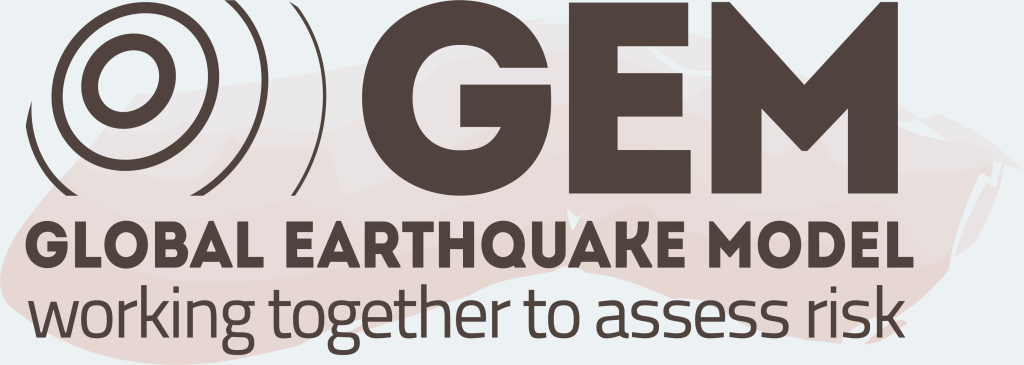All products are released under the Open Government Licence – Canada. Please review the Licence for conditions of use. As stated in the Open Government Licence – Canada, the information is provided with No Warranty.
Earthquake risk information on RiskProfiler is based on national-scale models of seismic hazard, building exposure, and building vulnerability, and represents typical conditions in any given area, but may not precisely represent local conditions. Results should not be used for building- or property-specific applications and should be interpreted in the appropriate context of a local community. All information represents the expected risk from hypothetical earthquakes. The modelling approach is subject to significant sources of uncertainty inherent in any seismic risk model. Therefore, information should be regarded as estimates, and interpreted in the context of limitations of modelling. Estimates are provided for the effect of shaking damage to buildings and inhabitants; damage from secondary hazards (aftershocks, tsunami, landslide, fire following, etc.), damage to linear infrastructure, and subsequent disruption costs are not included. RiskProfiler provides a visual representation of values which are rounded as appropriate. See the discussion of uncertainties and intended use here.
Attribution for RiskProfiler should be as follows: Hobbs, T.E., Van Ulden, J., Rotheram, D., Chow, W., LeSueur, P., Journeay, J.M., Ulmi, M., Ulmi, D., Fok, A., Van de Valk, J., Hastings, N., Herring, J., Wong, T., Evans, P., Safaie, S., 2022. RiskProfiler; Geological Survey of Canada, www.RiskProfiler.ca



